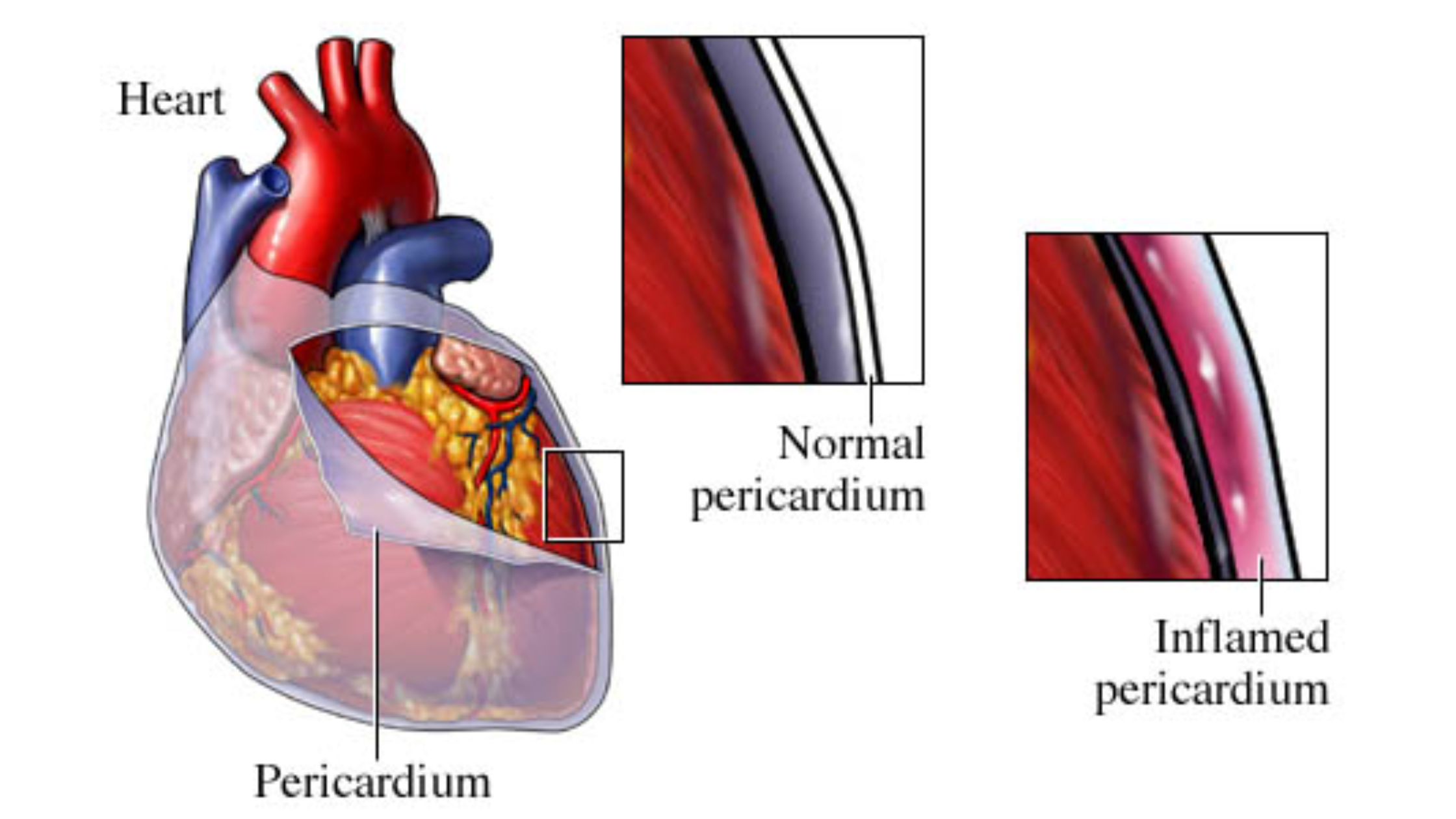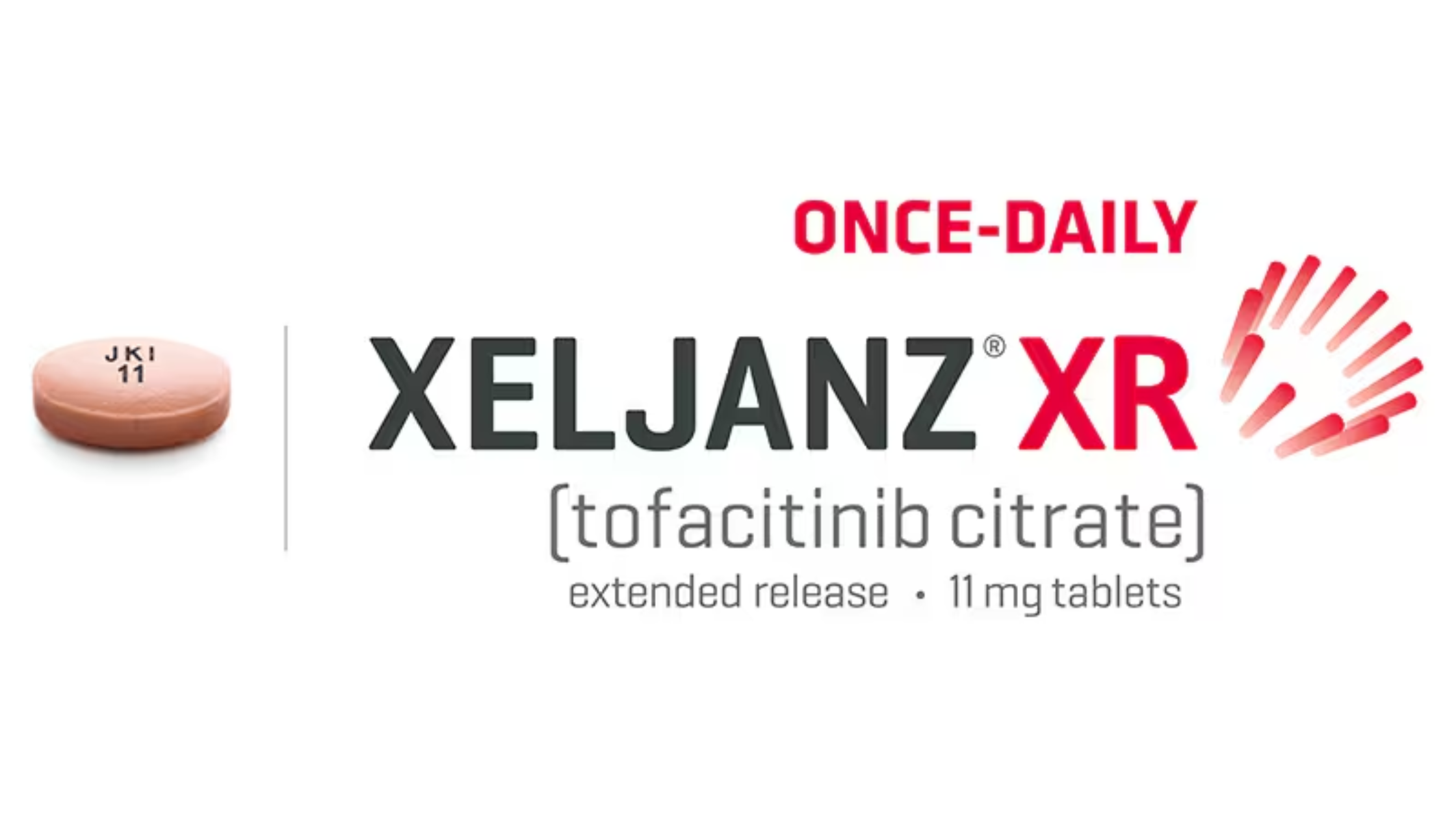Panic attacks are an unsettling experience that can leave you feeling overwhelmed and uncertain. As someone who has navigated these intense episodes, I understand the importance of recognizing panic attack symptoms to manage and eventually overcome them. In this guide, we will explore the various symptoms of panic attacks, their triggers, and the best strategies for addressing them. Whether you’re seeking to understand your own experiences or those of a loved one, this article aims to provide a thorough understanding of panic attack symptoms and effective remedies.
What is a Panic Attack?
Before diving into the symptoms, it’s essential to understand what a panic attack is. A panic attack is a sudden and intense episode of fear or anxiety that can peak within minutes. These attacks often come without warning and can be incredibly distressing. The physical and emotional symptoms can be so intense that they might mimic a heart attack or other severe medical conditions.
Common Panic Attack Symptoms
Panic attacks can manifest through a range of symptoms, which can vary from person to person. Here are some of the most common symptoms to be aware of:
- Rapid Heartbeat: One of the hallmark symptoms of a panic attack is a rapid or pounding heartbeat. This sensation can feel as if your heart is racing uncontrollably.
- Shortness of Breath: Many people experiencing a panic attack report feeling like they can’t breathe or are suffocating. This symptom can cause additional anxiety and exacerbate the feeling of panic.
- Chest Pain: Chest pain or discomfort is another common symptom that can be alarming. It’s important to distinguish between panic-related chest pain and pain that might be indicative of a more serious condition.
- Dizziness or Lightheadedness: Feeling dizzy or lightheaded during a panic attack is not uncommon. This sensation can be frightening and contribute to the overall feeling of losing control.
- Tingling Sensations: Some individuals experience tingling or numbness in their hands, feet, or other parts of the body. This symptom can be attributed to hyperventilation, which often occurs during a panic attack.
- Sweating: Profuse sweating can accompany a panic attack, making you feel uncomfortable and increasing the sense of panic.
- Trembling or Shaking: Shaking or trembling is a physical response to intense fear and anxiety, and it can be quite distressing.
- Nausea or Stomach Discomfort: Panic attacks can cause gastrointestinal symptoms, such as nausea, stomach cramps, or diarrhea.
- Feelings of Derealization or Depersonalization: Some people feel detached from their surroundings or themselves during a panic attack, which can intensify the sense of fear and confusion.
- Fear of Losing Control: An overwhelming fear of losing control or going “crazy” is a common psychological symptom associated with panic attacks.
What are the Triggers for Panic Attacks?
Understanding what triggers a panic attack can be crucial for managing and preventing future episodes. Common triggers include:
- Stress: High levels of stress from work, relationships, or life changes can trigger panic attacks.
- Trauma: Past traumatic experiences or ongoing trauma can increase the likelihood of panic attacks.
- Substance Use: Caffeine, alcohol, and recreational drugs can act as triggers for panic attacks.
- Medical Conditions: Certain medical conditions, such as thyroid disorders or heart problems, can contribute to the onset of panic attacks.
- Major Life Changes: Significant changes, such as moving to a new city or starting a new job, can trigger panic attacks.
Strategies for Managing Panic Attack Symptoms
Managing panic attacks involves a combination of immediate strategies and long-term approaches. Here are some effective methods:
- Deep Breathing Exercises: Practicing deep breathing can help counteract the rapid, shallow breathing associated with panic attacks. Try inhaling deeply through your nose, holding your breath for a few seconds, and then exhaling slowly through your mouth.
- Mindfulness and Meditation: Mindfulness techniques can help you stay grounded during a panic attack. Meditation can also promote relaxation and reduce overall anxiety levels.
- Cognitive-Behavioral Therapy (CBT): CBT is a type of therapy that focuses on changing negative thought patterns and behaviors associated with anxiety and panic attacks. It can be highly effective in managing panic symptoms.
- Regular Exercise: Engaging in regular physical activity can help reduce anxiety levels and improve overall mental well-being. Aim for activities that you enjoy, such as walking, jogging, or yoga.
- Healthy Lifestyle Choices: Maintaining a balanced diet, getting adequate sleep, and avoiding excessive caffeine or alcohol can help minimize the risk of panic attacks.
- Medication: In some cases, medication may be prescribed to help manage panic attack symptoms. This should always be done under the guidance of a healthcare professional.
- Support Groups: Joining a support group can provide a sense of community and understanding. Sharing your experiences with others who have similar challenges can be reassuring and provide practical coping strategies.
- Self-Help Techniques: There are various self-help techniques and resources available, including books, apps, and online programs, that can provide additional support and strategies for managing panic attacks.
When to Seek Professional Help
While self-help strategies can be effective, it’s important to seek professional help if:
- Panic attacks are frequent or severe: If you experience frequent or severe panic attacks that interfere with your daily life, seeking professional help is crucial.
- Symptoms worsen or persist: If your symptoms worsen or persist despite trying self-help techniques, a mental health professional can provide additional support and treatment options.
- You have other mental health concerns: If you have other mental health conditions, such as depression or generalized anxiety disorder, a mental health professional can help address these issues in conjunction with panic attacks.
The Role of Antidotes in Panic Attack Management
In the context of panic attacks, the term “antidote” refers to strategies or interventions that can counteract or alleviate the symptoms of panic. While there is no single “antidote” for panic attacks, a combination of therapeutic approaches, lifestyle changes, and coping strategies can effectively manage and reduce the impact of panic attacks.
In Summary;
Panic attacks can be incredibly challenging, but understanding the symptoms and triggers is the first step toward effective management. By employing a range of strategies, from deep breathing exercises to professional therapy, you can gain control over your panic attacks and improve your overall quality of life. Remember, if you’re struggling with panic attacks, seeking professional help can provide the support and guidance needed to navigate these intense episodes.
If you or someone you know is experiencing panic attacks, it’s important to reach out for help. Understanding and addressing panic attack symptoms can lead to better management and a more fulfilling life.
.




Your article helped me a lot, is there any more related content? Thanks!